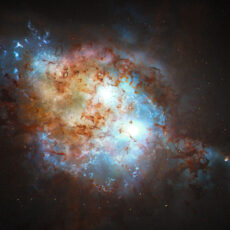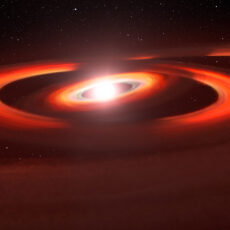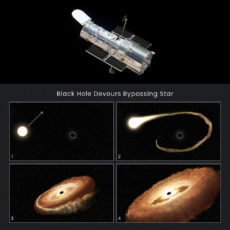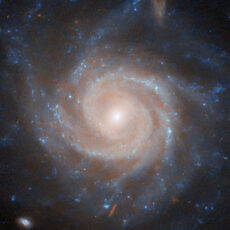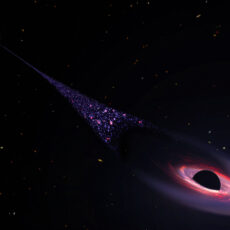
NASA / ESA’s Hubble Space Telescope observes the surprisingly rosy-looking spiral galaxy NGC 5042, located 48 million light-years from Earth in the constellation Hydra. This composite is made up of images captured in six wavelength bands from the ultraviolet to the infrared.

What astronomers ended up with was an image that showcased the galaxy’s cream-colored center, which is densely packed with ancient stars, while its spiral arms are dotted with patches of young blue stars. The elongated yellow-orange objects that you see are actually background galaxies far more distant than NGC 5042. However, NGC 5042’s most stand out feature is its collection of brilliant pink gas clouds that are studded throughout its spiral arms, called H II regions, that got their distinctive color from hydrogen atoms that have been ionized by ultraviolet light.
- Superior Optics: 400mm(f/5.7) focal length and 70mm aperture, fully coated optics glass lens with high transmission coatings creates stunning images...
- Magnification: Come with two replaceable eyepieces and one 3x Barlow lens.3x Barlow lens trebles the magnifying power of each eyepiece. 5x24 finder...
- Wireless Remote: This refractor telescope includes one smart phone adapter and one Wireless camera remote to explore the nature of the world easily...
A spiral galaxy. It’s noticeably bright around the central region of its disc, then dims somewhat out to the edge where there are fewer stars. Two spiral arms circle through the disc and emerge beyond its edge, around the galaxy’s sides. Many pink spots of new star formation, as well as dark reddish strands of dust, cover the galaxy. The arms contain some speckled, blue patches containing hot stars,” said the ESA.



